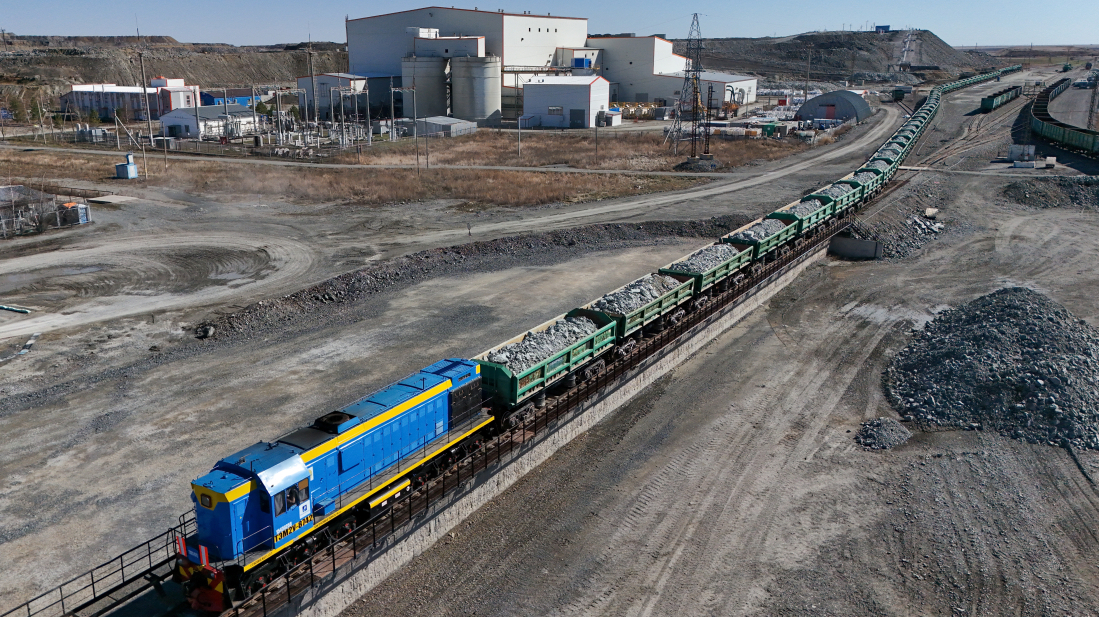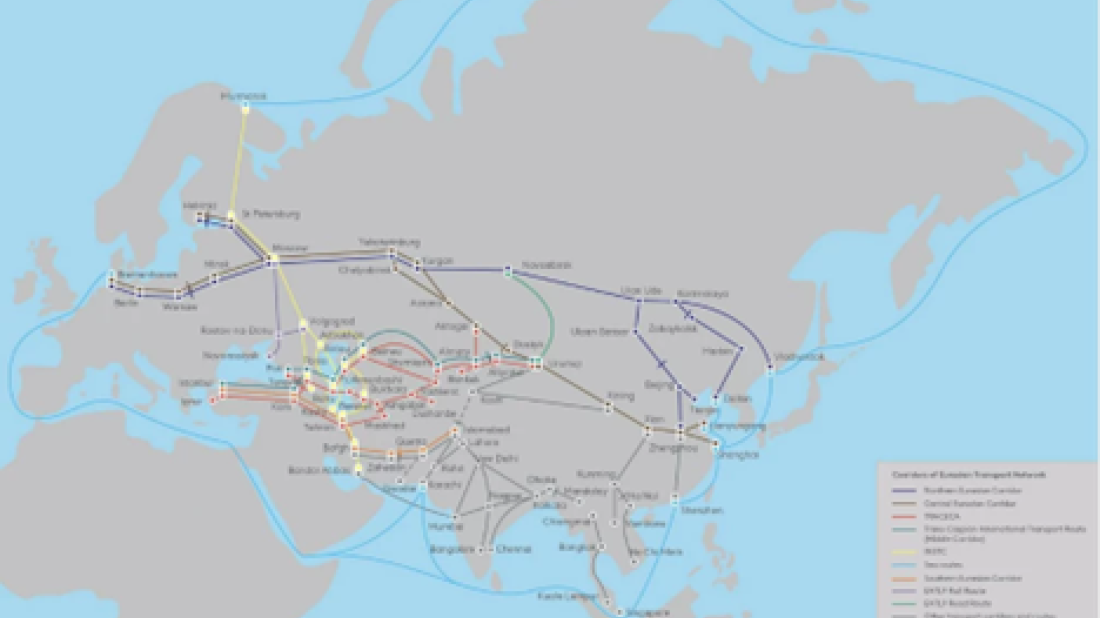Trump orders deadly strike against ISIS terrorists in Nigeria over persecution of Christians
On Thursday, President Donald Trump announced that he had ordered a "powerful and deadly strike" on ISIS terrorists operating in northwest Nigeria, ac...

Transit flows through Central Asian countries have increased by 70% between 2020 and 2024, according to the Eurasian Development Bank’s Transport Projects Observatory.
This rise highlights the growing importance of the region as a key transit hub in Eurasia, despite its landlocked geography.
Central Asia’s central location on the continent, combined with major infrastructure projects, is transforming it into a critical link in international logistics chains. The growth in transit volumes is not a one-off spike but rather a stable and ongoing trend.
Currently, 80% of all transit traffic passes through Kazakhstan and Uzbekistan with railways carrying about 60% of the total transit cargo volume.
More than 70% of transit routes connect China on one side with Russia, Turkiye, Afghanistan, and European countries on the other.

The development of the Eurasian transport network remains the main driver behind the increase in transit shipments and the formation of a Eurasian transport crossroads. According to the Transport Projects Observatory, over $52 billion are expected to be invested in Central Asia’s transport corridors by 2035.
Deputy Chairman and Chief Economist of the Eurasian Development Bank, Evgeny Vinokurov, emphasises the sustained growth.
“Over the past five years, we have witnessed a doubling of Central Asian countries’ foreign trade with China. At the same time, transit flows have increased by 70%.
But this is only the beginning. Central Asia, which is more remote from global markets than other landlocked regions, requires quality infrastructure. Our estimates put the necessary investment at nearly $53 billion by 2035.” he said.
Vinokurov highlights the importance of transport projects along the North-South direction, including the international North-South transport corridor and the Trans-Afghan corridor, which opens new trade opportunities with the Gulf countries and South Asia.
Beyond hard infrastructure, the growth of transit also depends on improvements in so-called “soft” infrastructure.
Simplifying border-crossing procedures across Central Asia accelerates cargo transit, while coordinated tariff policies help reduce container transport costs.
This multifaceted approach indicates that Central Asia’s rise as a Eurasian transport hub will continue, supported not only by investments in physical infrastructure but also by regional co-operation and regulatory improvements.
A majority of Russians expect the war in Ukraine to end in 2026, state pollster VTsIOM said on Wednesday, in a sign that the Kremlin could be testing public reaction to a possible peace settlement as diplomatic efforts to end the conflict intensify.
Military representatives from Cambodia and Thailand met in Chanthaburi province on Wednesday ahead of formal ceasefire talks at the 3rd special GBC meeting scheduled for 27th December.
Thailand and Cambodia both reported fresh clashes on Wednesday, as the two sides prepared to hold military talks aimed at easing tensions along their shared border.
In 2025, Ukraine lived two parallel realities: one of diplomacy filled with staged optimism, and another shaped by a war that showed no sign of letting up.
It’s been a year since an Azerbaijan Airlines plane crashed near Aktau, Kazakhstan, killing 38 people. Relatives and loved ones mourn the victims, as authorities near the final stage of their investigation.
Armenian Prime Minister Nikol Pashinyan has welcomed remarks by Turkish President Recep Tayyip Erdogan indicating progress in the normalisation process between Ankara and Yerevan, describing the moment as ripe for concrete steps.
Kazakhstan has made a notable advance in the global Government AI Readiness Index, moving up to 60th place out of 195 countries in the 2025.
As Christmas is celebrated worldwide, the faithful in Baku gathered at St. Mary’s Catholic Church to partake in prayers, songs, and community celebrations.
Three alleged members of a "terrorist origanisation" have been killed in a military operation in the Shamsiddin Shohin district according to Tajikistan’s Border Troops.
The Spiral is an AnewZ original documentary that explores the 25 December, 2024 tragedy in which an Embraer 190‑100 operated by Azerbaijan Airlines (AZAL) crashed.
You can download the AnewZ application from Play Store and the App Store.

What is your opinion on this topic?
Leave the first comment